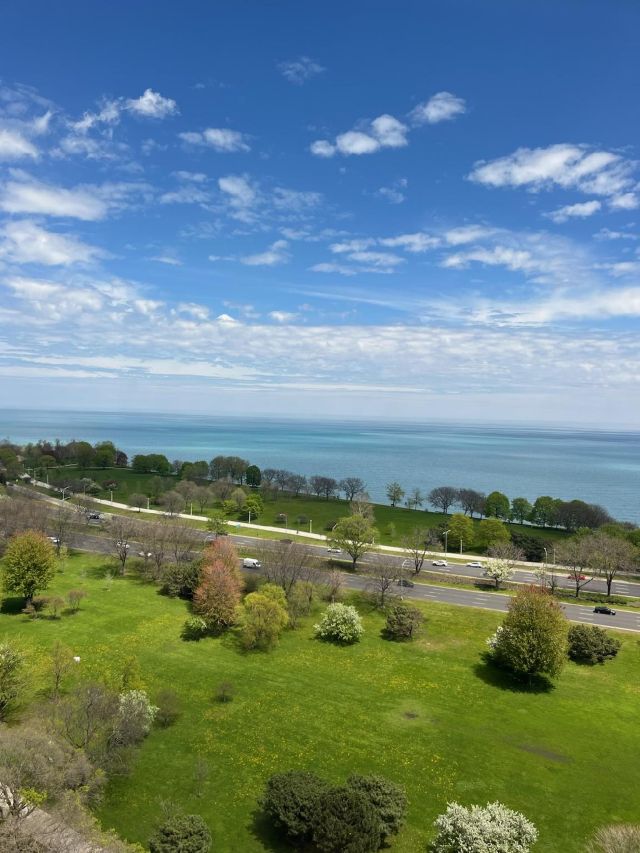Future timber sale alarms activists, officials
Published 12:00 am Sunday, August 19, 2018
Last month, the Willamalane Park and Recreation District unveiled more than 5 miles of biking trails in the Thurston Hills Natural Area.
Now environmental groups are crying foul over a U.S. Bureau of Land Management plan to open 100 acres to logging east of the natural area.
“It’s foolish treating forestry that way,” said Gabe Scott, an attorney for Cascadia Wildlands, one of several groups protesting the BLM’s planned cut.
Willamalane officials aren’t thrilled, either. The district has been working since the passage of its 2012 property tax bond to turn the 655-acre property into a wilderness area with hiking trails, bike paths, and natural habitats.
But the BLM last week announced it will auction the rights next month for a timber company to cut 100 acres of thick Douglas fir, maple and cedar trees spread across a large BLM parcel adjacent to the Thurston Hills Natural Area.
The BLM land is supposed to include about half of a planned 15-mile continuous hiking trail through the area. Now it appears much of the trail, south of 79th Street in the Thurston area, will wind through a clear-cut.
“When we first heard about the clear-cut, we weren’t happy about it,” Willamalane Superintendent Michael Wargo said.
The district found out in late May when the BLM released a timber sale notice. Willamalane and Springfield officials reached out with concerns, Wargo said, and BLM revised down to 100 acres.
BLM officials said their hands are tied by federal logging mandates — in this case the Western Oregon Resource Management Plan — that require the agency to set aside BLM lands for conservation or logging purposes.
The most recent Resource Management Plan, written in 2016, requires about 216 million board feet of timber in Oregon and Washington state be set aside for logging this year. Full implementation of the plan increases logging to about 278 million board feet by 2021.
“We’re required to do this by law. Congress told us these lands must be set aside for this purpose,” said Michael Kinsey, BLM’s Upper Willamette field manager.
Most of the trees in the BLM’s Thurston Hills-area property are 50 to 70 years old, Kinsey said. Once BLM sets areas aside for environmental purposes, the bureau has to find other land to open for cutting to meet mandates.
A winning bidder would get two years of rights to cut and clear trees in the BLM area, and do post-cutting cleanup.
“All these trees across Western Oregon are harvested at various times,” Kinsey said. “We try very hard to take a very long view. These trees will grow back.”
Environmental groups such as Cascadia Wildlands and Oregon Wild say clear-cutting in the Thurston Hills area would increase the fire risk to nearby residential areas, since the canopies of young trees planted to replace clear-cuts are lower to the ground and have thinner bark, making them more likely to ignite.
They also say the cutting would mar Willamalane’s plan to turn the Thurston Hills into a pristine piece of nature preserved for the public’s benefit.
The BLM’s posting of the timber sale notice kicked off a two-week protest period for anyone objecting to the sale.
The BLM is required by law to review objections and determine if a planned timber sale would violate any environmental law, policy or regulation, Kinsey said.
He added that the BLM plans to construct the Thurston Hills Natural Area trails through the property once logging activity stops.
Willamalane officials worry the logging could negatively affect the district’s ability to market the trails.






